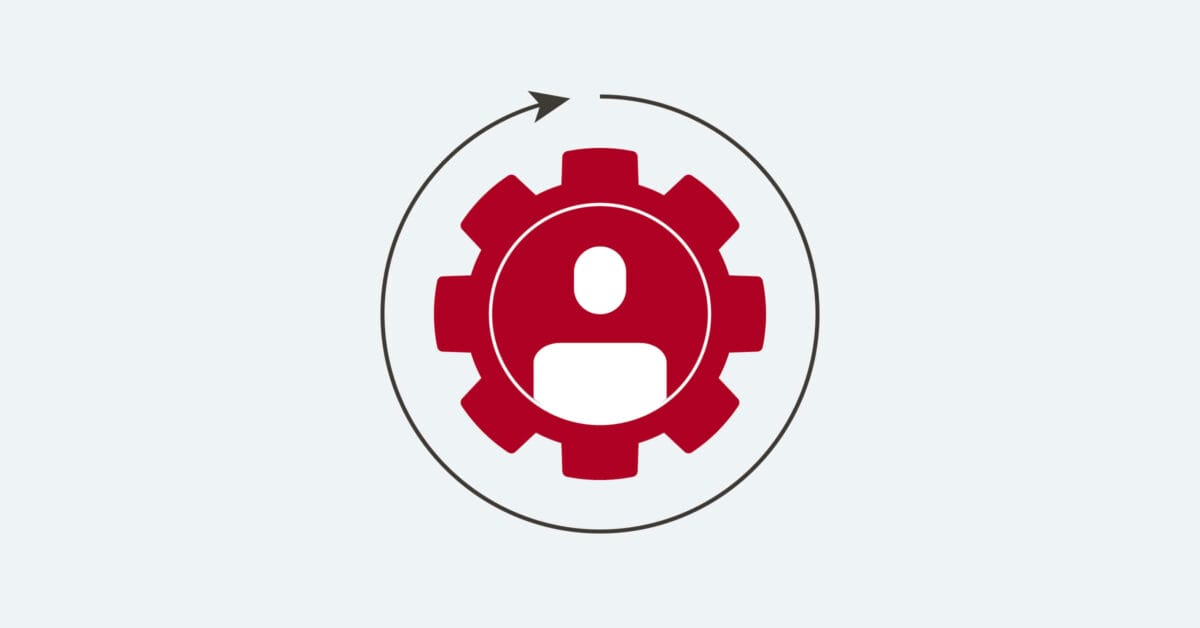Blog
How to Humanize Change: The Importance of Change Management Strategy
|

Blog
How to Humanize Change: The Importance of Change Management Strategy|

According to a study by Gartner, the average organization has undergone five enterprise changes in the past three years. Change is part of every business, and it is accelerating. Change fuels organizations, from start-ups to global enterprises. Organizations change to be relevant, respond to market expectations and to grow.
“The only thing that is constant is change.”
— Heraclitus of Ephesus, Greek Philosopher
The problem is that change can seem overwhelming and insurmountable in the minds of those who need to implement change. When an estimated 50% of organizational changes reportedly fail, how can leaders make change approachable both for themselves and the communities they serve? Leaders can understand and incorporate two key ideas into their change management strategies.
- They must realize that change management isn’t a one-time event or announcement, it’s a process.
- Change management will only succeed when communication is interwoven into every step of the process.
Leaders who understand these truths can effectively communicate with employees to fully engage them in the change process.
Change management is not an event, it’s a process
“Data from over 2,000 data points and ten years show that initiatives with excellent change management are six times more likely to meet objectives than those with poor change management.”
— Prosci, global change management consultancy
Leaders often think of change management as a one-time event. This mindset overlooks how people and cultures navigate through change. Viewing change management as a process helps leaders gain support, build momentum and sustain progress throughout change initiatives.
When analyzing change management models, leaders should be aware that not all are equal. Prosci’s methodology is Beehive’s change management model of choice. Its people-centric approach combines the psychology of individual change with organizational change.
If leaders don’t have the support of their people, change initiatives can’t succeed. Getting this support requires strong communication at every step of the change communication process.
Change management can’t succeed without communication
Leaders should start by understanding their employee communities. What makes change hard for them? What motivates them? What are their perceived roadblocks? Change will differ from organization to organization, but a few things remain constant.
Change creates uncertainty. Employees see and feel change coming far before it’s shared with everyone. They begin to assume what’s occurring and wonder, “How is this going to affect me?”
Stakeholders won’t support what they don’t understand. Leaders need to carefully consider their organization and the communication approaches that will best help stakeholders understand their vision. When people buy into the vision, they not only participate, they create momentum for employees.
Leaders’ perceived roadblocks and those of employees will be different. Leaders should open two-way communication channels to invite stakeholder input. Understanding perceived roadblocks will help leaders act before change progress stalls.
Organizations fail to change because they fail to communicate. Change initiatives are more successful when supported by strong communication. Organizations that engage stakeholders throughout the process can implement even the most complex change.
Change management communication needs to be focused
Change management communication is how successful businesses translate “the why” into positive action that gets results. Beehive aligns change management communication planning to Prosci’s ADKAR model. This approach can be adapted to flow with other change management processes, including Kotter’s Change Model, Lewin’s Change Management Model and the McKinsey 7-S Framework.
Change management communication planning begins by learning, listening and agreeing on the strategic communication approach. Does the organization have the resources to make the change? Are conditions right and ready for the change? Is there commitment for the change?
This learning will guide listening sessions, where we seek candid input from executive leaders and the core change project team. These inputs guide agreement on the rationale — the why — for the communication strategy and the communication activation roadmap. This is the foundation of the change management communication plan that is built around Prosci’s ADKAR model for behavior change.
Is your organization is ready for its next big change? To find out where your organization stands, read our newest guide.
###
About Lisa Hannum, CEO
Lisa Hannum is founder and CEO of Beehive Strategic Communication, a Certified B Corporation. She is a purpose-driven leader who believes in the power of communication to build better businesses for a better world. Lisa has more than 30 years of experience in brand positioning, change management, culture transformation, crisis and issues management, marketing and public relations. Her clients have included Verizon, 3M, Cargill, University of Minnesota Health and Beaumont Health. Lisa frequently speaks and writes on the business value of communication and workplace culture.


